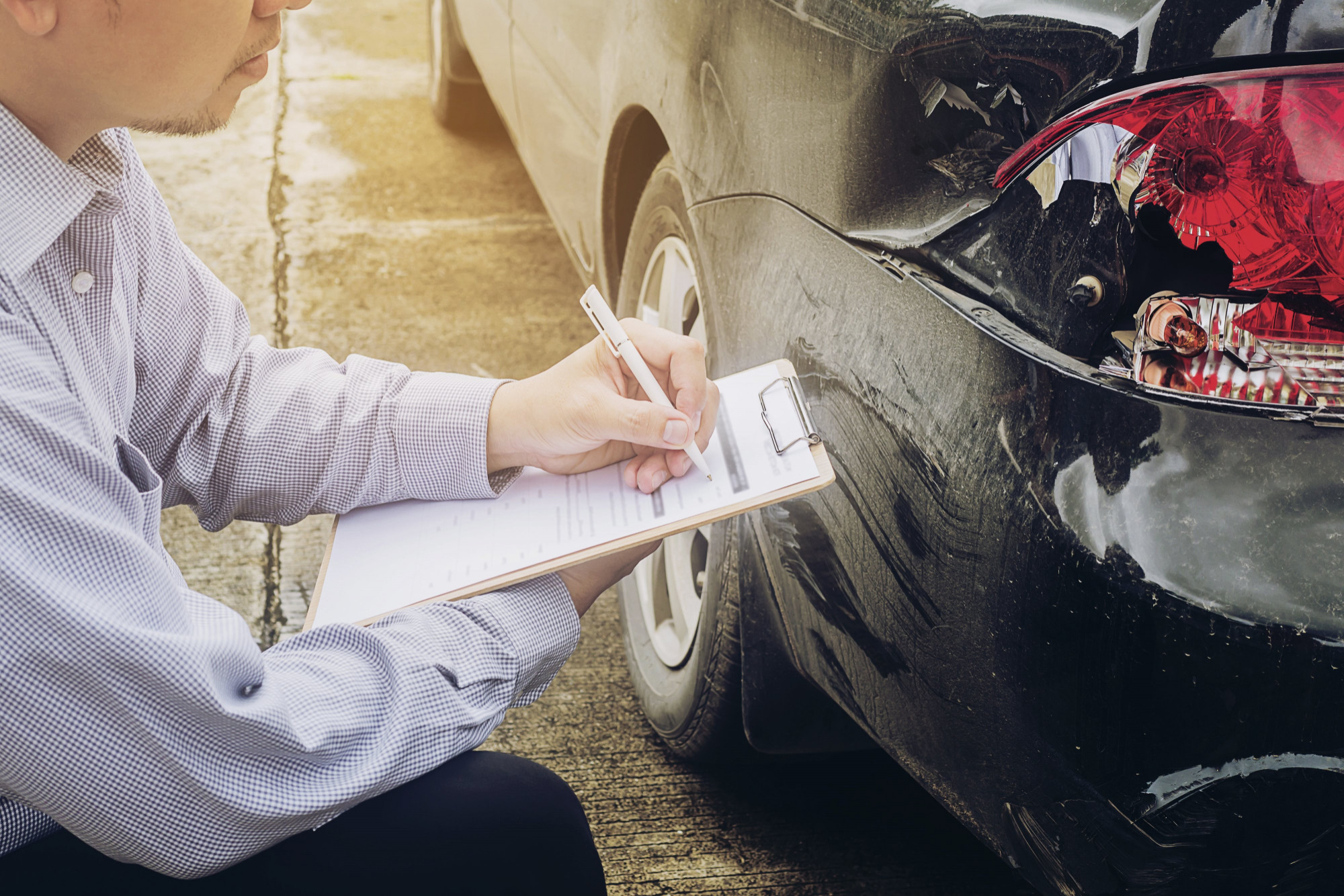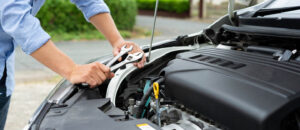Frame damage is one of the most severe results of a car accident. It can jeopardize your vehicle’s structural integrity, impacting its safety, handling, and performance. In severe circumstances, frame damage can result in costly repairs or even the whole loss of the car. Fortunately, you may take proactive efforts to reduce the danger of frame damage and keep your car safe on the road.
In this post, we’ll look at how safe driving techniques, accident avoidance measures, and periodic maintenance may help you avoid frame damage and maintain your automobile in good shape.
Practice Defensive Driving
One of the best ways to prevent frame damage is by practicing defensive driving. Defensive driving involves staying alert, anticipating potential hazards, and reacting calmly to unexpected situations. This approach significantly reduces the chances of a collision, which in turn lowers the risk of frame damage. Here are some defensive driving tips:
- Maintain a Safe following Distance: Keeping a safe distance from the automobile ahead of you gives you plenty of time to respond if it abruptly stops or swerves. This decreases the chances of a rear-end accident, which might cause frame damage.
- Use mirrors and check blind areas on a frequent basis. Always be mindful of your surroundings, particularly checking your blind areas before changing lanes or making a turn. This may help you avoid accidents caused by invisible cars.
- Observe speed Restrictions and Road Conditions: Driving at a reasonable pace, particularly in inclement weather or poor road conditions, enables you to keep greater control of your vehicle and prevent crashes that might cause frame damage.
- Avoid Distractions: Distracted driving is one of the leading causes of accidents. Stay focused on the road, and avoid distractions like texting, talking on the phone, or adjusting the radio while driving.
Follow Proper Parking Practices.
Parking accidents, such as striking a concrete wall, another car, or an impediment, can also cause frame damage. To prevent these kinds of incidents:
- Be cautious of Space: When parking in busy lots, make sure there is enough distance between your vehicle and others. Avoid parking near possible obstructions that might harm your vehicle’s structure.
- Always park with Caution: Use your mirrors and reverse cameras to park slowly and cautiously, especially in tight places. Before parking, be sure there are no potential obstructions or risks.
- Avoid Parking near Huge Vehicles: Parking near large trucks, buses, or other vehicles increases the risk of an accident, especially if the area is poorly lighted or visibility is limited.
Be cautious when Navigating Rough Terrain
Some cars are designed for off-road use, while many are not. Driving over difficult or uneven terrain increases the possibility of undercarriage damage and can put stress on the frame, resulting in frame misalignment. Here’s how you can prevent unneeded strain:
- Avoid Potholes and Uneven Surfaces: Check the road for potholes, curbs, and debris. Hitting a major pothole or traveling over debris at high speeds might harm the structure and suspension.
- Slow Down over Bumps: When approaching speed bumps or difficult terrain, lower your speed and proceed with caution. Driving too fast over these obstacles might harm the frame, suspension, and other vital components.
- Know your Vehicle’s Limits: If your vehicle isn’t equipped for off-roading, stick to paved roads and avoid terrain that could cause serious damage. For off-road vehicles, ensure that your suspension and frame are in good condition before venturing onto rougher ground.
Avoid aggressive Driving and Road Rage
Aggressive driving and road rage can increase the probability of a collision, particularly rear-end accidents or side-swiping occurrences, which can inflict major structural damage to the car. Here’s how to prevent aggressive driving:
- Stay Cool and Patient: Even in the most aggravating situations, keep your emotions under control. Avoid speeding, tailgating, or weaving between lanes, as these activities can cause accidents and damage.
- Yield to others when Necessary: If another motorist attempts to join or change lanes, allow them enough room to do so safely. Avoid conflicts that may develop into accidents.
- Use turn Signals, and Speak Properly. Always indicate your intentions while changing lanes, turning, or merging. Clear communication on the road can help prevent accidents caused by confusion or misunderstandings.
Conclusion
To prevent frame damage, it’s important to drive safely and take care of your vehicle. By practicing defensive driving, maintaining your car, and avoiding dangerous driving habits, you may dramatically minimize the likelihood of an accident resulting in frame damage. Furthermore, using caution when parking and avoiding difficult terrain will benefit your vehicle’s long-term health.
Following these suggestions not only protects the structural integrity of your car, but also improves your own and other drivers’ safety. A little work goes a long way toward ensuring that your car is safe, functioning, and damage free.


